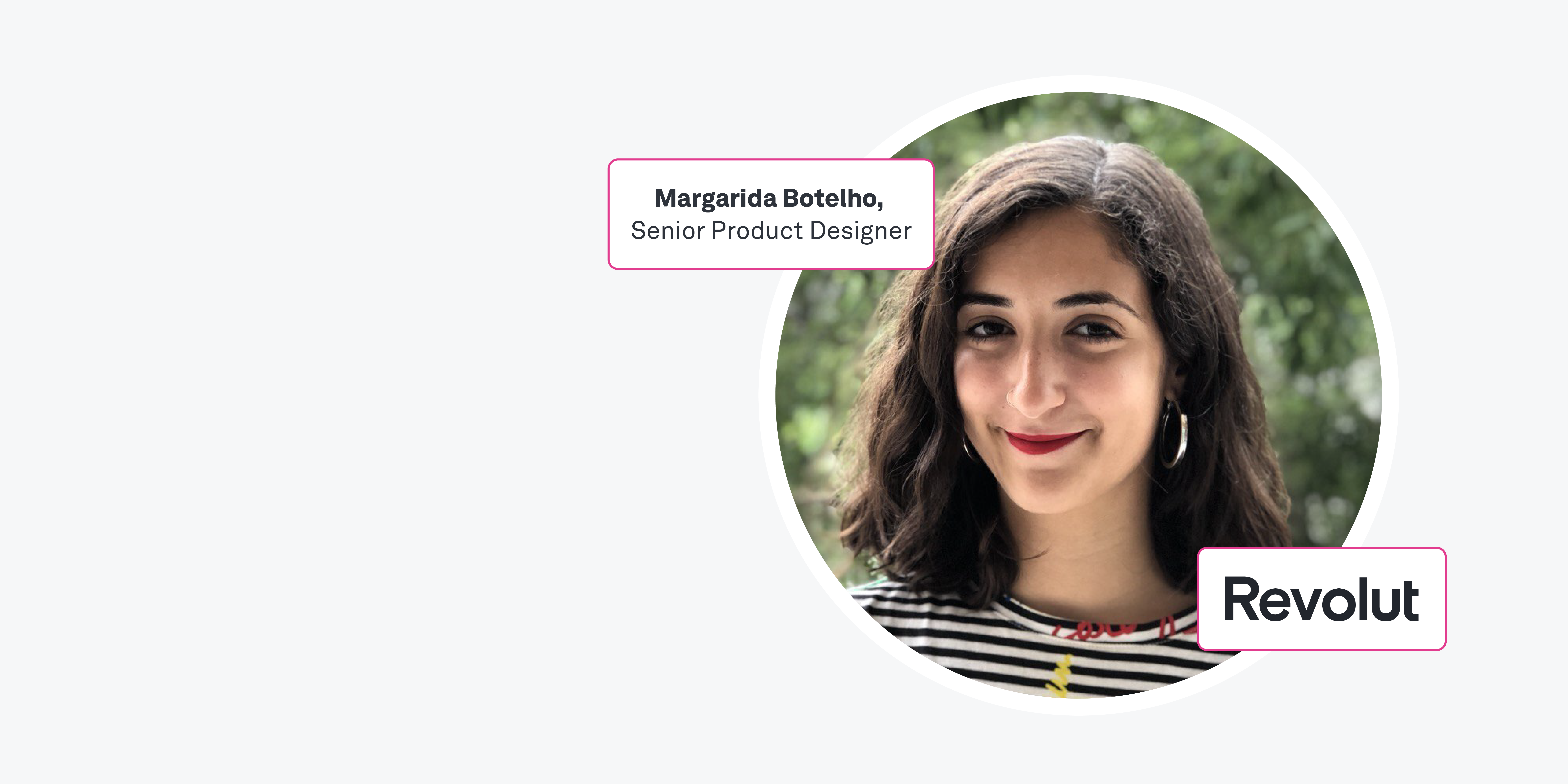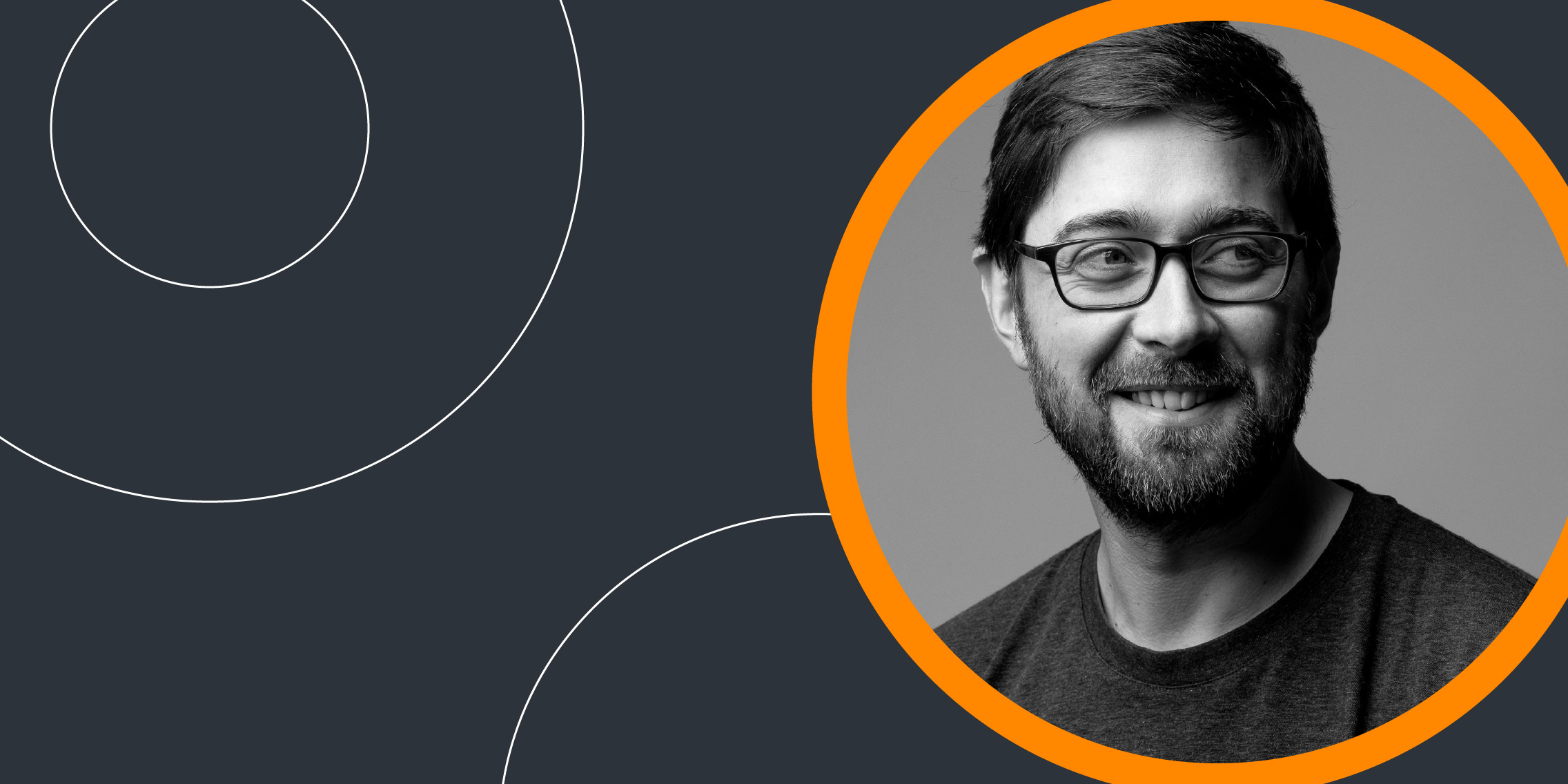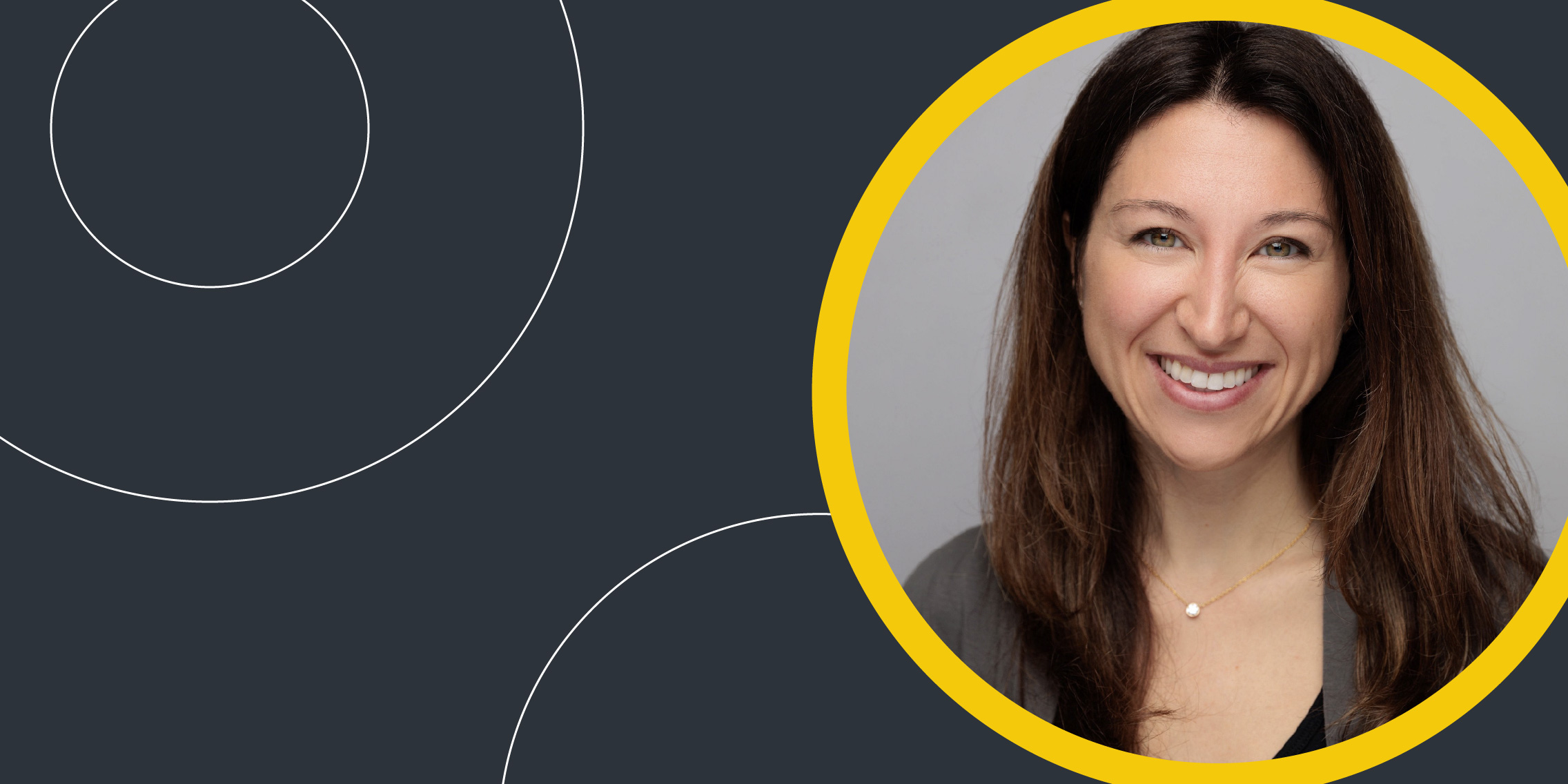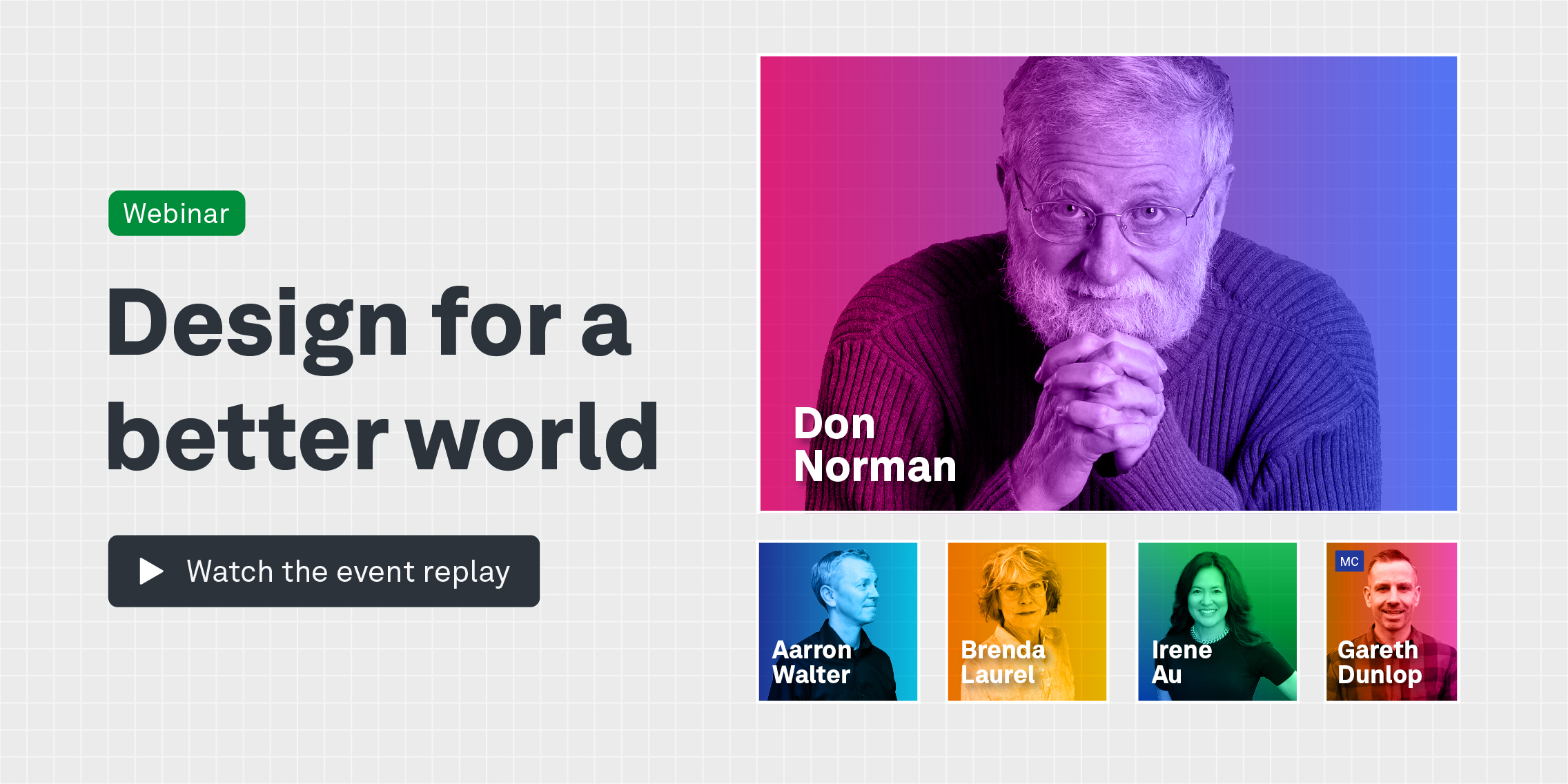Margarida Botelho is a Senior Product Designer with Revolut and we had the privilege of recently having her as a guest on UX Insiders.
With over six years of experience working with different products and companies from Europe and the US, she has spent the last two years with Revolut. She has helped reshape some core functions of the retail app, like ordering, managing and customising physical cards with your own designs.
Currently on the Transfers Team, she is responsible for everything related to sending and receiving money to and from your Revolut account. She has enjoyed being part of a design team and company that continues to grow and excel.
With a degree in Communication Design and a Masters in Digital Experience Design, she is originally from the Azores Islands in Portugal and she now lives and works in Berlin. She has experience working in small startups and design studios, as well as working as a freelance product designer.
You can watch the full event through this link but here are some of the highlights from our event A day in the life of a Product Designer with Revolut.
Can you tell us a little bit about your background before Revolut?
I’m originally from the Azores Islands in Portugal and I moved to Lisbon when I was 18 to study Communication Design. The degree was very nice but it was very focused on more traditional graphic design, brand design, typography and more traditional design objects, like books, CD covers, magazines and editorial design.
When I finished my degree, I was very, very lucky because the University of Lisbon opened a bunch of new postgraduate programmes. One of them was called Digital Experience Design and that’s the one that I decided to pursue.
And that was great, because all of my teachers were actually working full time as UX designers, UI designers, front-end developers, some of them were entrepreneurs and marketers as well. That contact with the industry was very important for me at that stage in my life and it was an awesome experience.
After that, my first job was at a Lisbon startup called Landing Jobs. I was just starting out and the company was very young. In this first job, I had to wear so many different hats because we had so much to do and not enough people to do everything. So everyone in the team needed to be super flexible and super agile as well. I did a bit of everything, including front-end development.
I decided that I was doing too much that I wanted to focus a little bit more and become an expert, instead of just having this very general role. I joined a small studio in Lisbon called Major and there I learned a whole different set of things. We were only six designers, so I got to witness very closely how my boss would manage her clients and how she would find clients and how important it is to maintain relationships with our clients. All of that more business side of design.
After one year, as much as I loved to work there, I thought to myself, “Okay, so maybe I can just cut the middleman and just get my own clients and start doing it by myself”. So I decided to freelance and to do product design as a freelancer. And I did that for two years. That was a very, very different experience. So I had to learn how to do my taxes, how to get clients and how to network.
While I was freelancing, randomly, a recruiter from Revolut reached out to me on LinkedIn. And they said, “Hey, we think you could maybe be a good fit. What do you think, would you like to apply for a job with us?”
And at that point, I had been using Revolut for a really long time and I was a fan of the product. And I thought that there was no way that I’m ever going to get in, but I decided to apply anyway – because why not? I had nothing to lose. And I got in and now we’re here two years later.
Could you walk us through an average day as a product designer with Revolut?
Throughout the two years that I’ve been at Revolut, I’ve worked in many different teams with many different features. I started with the Open Banking Team and then I moved to the Cards Team. On the Cards Team, I was responsible for everything, from the moment where you order your card until you receive it, activate it, use it in the shops and then manage it as well. So all the settings for your cards like freezing or cancelling the card.
Now I am at the Transfer Station. So now we’re responsible for everything related to sending money, whether that is sending money to another Revolut customer or sending money to a bank account, you name it.
My day usually starts with a sync with my product owner. We usually take 30 minutes every day but we don’t use it every day. We just use it when we need it.
We always have that time booked so we can get together, discuss what I did yesterday and align priorities for what I’m going to do today. So that’s usually how my day starts every day.
Other responsibilities include doing interviews for new hires, whether that is interviewing designers or reviewing portfolios, everything related to the hiring process. There’s a lot of presentations as well with stakeholders and a lot of communication with the engineering team. So those would be like the main things that I do on a day or a week.
Do you rely on particular tools to organise your daily work?
Yes, so our lead designer – the lead designer for my group – has done a very, very good job at having a JIRA board for the design team. And that’s usually what we use.
We have a design backlog and then we prioritise together with the product owner. What are the things that we want to tackle for the next month, let’s say, and then we use that board to give visibility to the entire team of what each one of us is doing and working on. So that’s usually how we go about that.
What other roles do you collaborate with on a regular basis?
In Revolut, there are a lot of moving pieces and a lot of people that we need to communicate with. The people that I collaborate with the most would definitely be the product owner, we have a very close relationship, and we constantly communicate. And I think it’s very important.
The second and third, in no specific order would be obviously the engineering team. It’s also very, very important that we have a close relationship and that we are constantly communicating and clarifying any doubts that might happen. Doubts from my side but also doubts from their side in relation to the designs that I create.
And also the lead designer in my team. The lead designer makes sure that all the designers in the different teams are focusing on the right tasks and that no one is doing duplicate work. So that’s also a very important touch point.
But these are the closest people to me but wider, there is obviously the marketing team, legal teams, compliance teams, copywriters, you name it. There’s a whole bunch of roles that we constantly work with and to make sure that whatever products we are working on are the best possible.
What’s your working relationship with UX researchers like? How do you use their analytics and insights when creating your product design solution?
So usually, we have a hypothesis, right? What I would do is reach out to our UX research team and be like, “Hey, guys, we have this hypothesis, we have this issue. Can you help us first understand if this is a real problem?” So that would be one way that they help.
Then they also come in after we actually designed a solution for something. We could also go to them and be like, “Hey, guys, we have the solution. We’re not really sure if it solves the problem that we set out to solve, can you help us understand this?” And usually they would be the one suggesting that, “yes, we can”. Ideally they would answer, “yes, we can help you and this is how we think we can help you” and they will.
So UX researchers have a variety of tools at their disposal to solve problems. So they will go to that toolbox and pick out – I don’t know, how would you say – tools! And be like, “Okay, so we think we can do interviews and do usability tests to answer this question that you have. Let’s do it”. And then they usually do it, come back and then we discuss whatever they found.
Have you ever designed a function or a feature that hasn’t been backed by research?
Yes, yes, definitely. Especially when you work at smaller companies or even when I was freelancing, sometimes clients don’t want to spend the time to do research. Startups don’t have the flexibility to spend the time on that. It’s not ideal. But it’s something that happens in the real world. And we also need to be flexible about that.
Sometimes you just have to make your most informed guess that you can and just go with it and see how it goes. But yes, definitely not ideal. And I would not recommend it.
How does your team organise and update design systems? Is it each designer’s responsibility? Or is it just one designer who manages all of it?
So we have a team, which is the Design System Team, and they are responsible for the design system. However, product designers that work in the different product teams are free to suggest any changes that they might need to the design system, depending on the product needs.
Card personalisation is a very good example because most of these components were custom made on purpose for this flow. So we actually had to introduce a lot of new components to the design system. But usually, the idea is that you don’t really need to, that you can create these high fidelity mockups super quickly because most of the use cases are already covered.
What advice do you have for anybody who is freshly starting out in product design?
This is a difficult one. I guess I’ll just try to go back to when I started working and the issues that I faced that I was not ready for and try to talk about that. So the first one was to separate my self worth from my work.
I think being a product designer forces you to be humble because you’re constantly being proven wrong constantly. You can have all the experience in the world, you can work with the best companies but at the end of the day, if you put your solution in front of people and they don’t know how to use it, they don’t get it, they don’t find it useful… That’s it.
It’s part of the process to be wrong because every time you’re wrong, it’s just one step closer to you being a bit more, right? Embrace it, accept that as a reality and be comfortable with it.
The second thing would be to be prepared to talk a lot about your design decisions.
My expectation when I was studying is that I would spend 100% of my time designing things. That’s just not the reality of it. You spend a lot of time presenting your designs, communicating with engineers, communicating with the product owner, communicating with the design team research, etc.
So it’s very, very important that you are also okay with that and ready for that to happen. It’s also a very delightful thing because you get to collaborate with so many different people from so many different areas. I guess those are the two things that I would advise.




